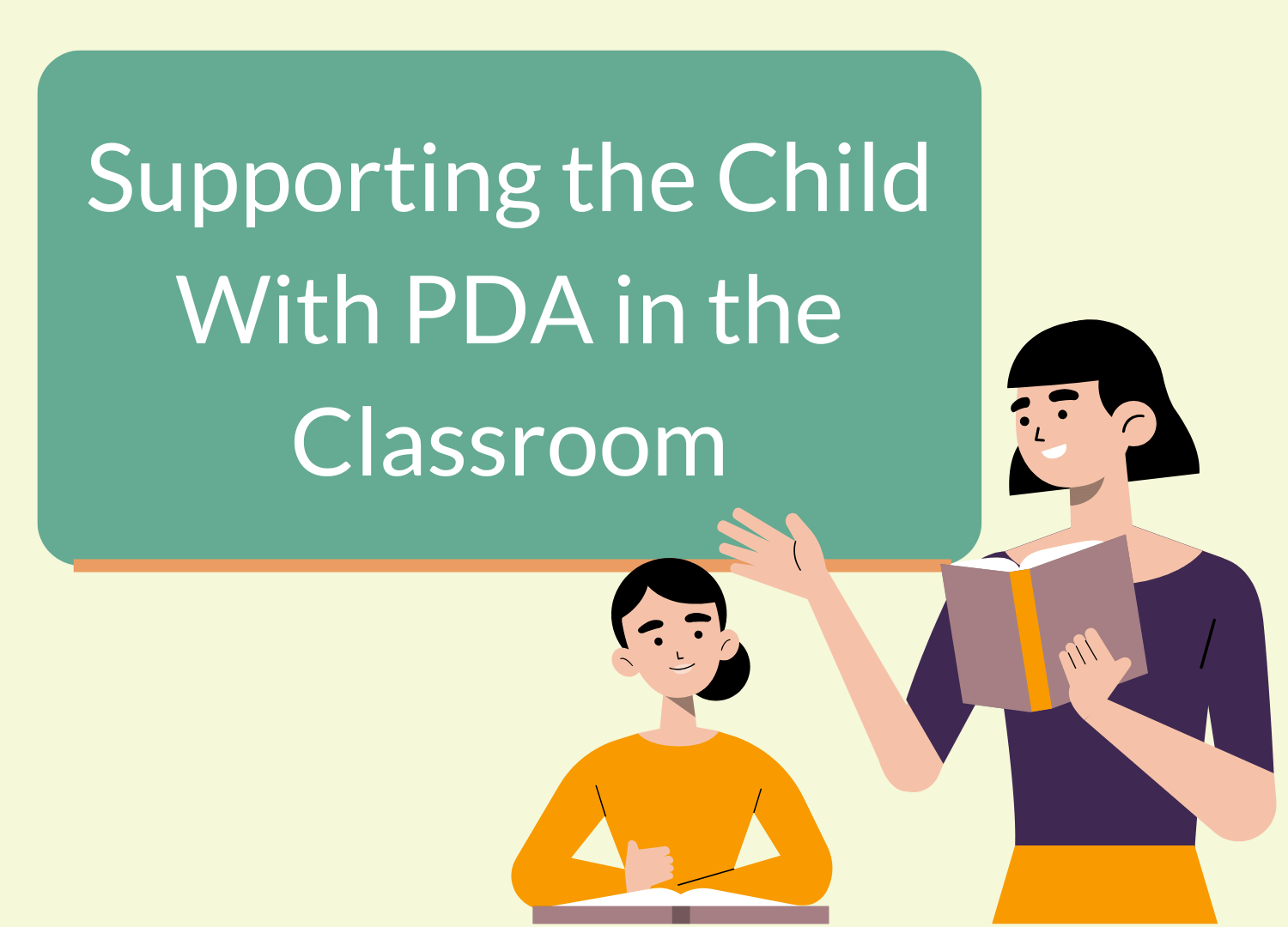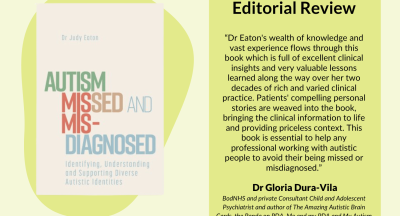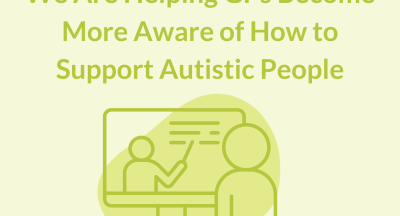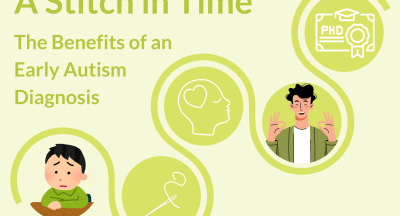
31/01/2017
by Dr Judy Eaton
Autism, Blog, Clinician related, Parenting related, PDA, Teaching related
2 comments
Last updated: 25th October 2024
The second part of this article is aimed at both parents of Autistic children, and those working with them in a school environment, and examines the impact of the various stresses of the school day for these young people, but also for those who have the job of supporting them, particularly teachers and teaching assistants.
First from the point of view of the young people. We immediately come straight back to anxiety. It is important to note that the level of anxiety for some of these children goes way beyond the everyday anxiety we all experience from time to time. Imagine the worst you have ever felt – that important job interview, waiting for exam results or medical test results, or that meeting with the boss which is not going to go well.
This is what these children can feel like EVERY SINGLE DAY. Think how you felt in that situation, the thumping heart rate, the sick feeling in the stomach and, more importantly, that desire to run away somewhere safe and get away from the situation. Imagine feeling like that every time you think about going to school. On top of that, imagine that every day you know, at some level, that it is socially unacceptable to show this level of anxiety so you hold it all in – all day, every day. Sometimes you may not manage this and you will end up ‘losing it’ over something apparently trivial (haven’t we all done this at some point?) Also imagine that you are not good at noticing when you are getting to that point, so your explosion of anger and frustration takes you (and everyone else) by surprise. At this point, someone helpfully tries to get you out of the room so that you and the other children are safe. Most Autistic children will have quite significant sensory processing issues, so being held or forcibly moved to another room will be almost unbearable.
Add social difficulties, rigid thinking and possible learning challenges into the mix and it is hardly surprising that so many Autistic children struggle at school.
However, it is not only the young people who find this difficult. Many teachers report feeling helpless and not being sure what to do for the best when a young person is clearly distressed, but at the same time causing havoc in the classroom. Even those who do not visibly show their distress can inadvertently cause disruption, fidgeting, skin picking, interrupting, getting in and out of their chair, refusing to do certain pieces of work etc.
The answer is often to allocate a specific teaching assistant to support a particular child. This can be a very difficult job and it is easy to feel disheartened. With many children, particularly those with the PDA profile, you can feel that, at last, you have made a breakthrough – the child you are working with appears to settle and be doing better, then suddenly, it all goes horribly wrong and you are back to square one. In your darker moments, you may even feel that the child is deliberately sabotaging your efforts. It does not help if you have been physically punched or kicked or been screamed or spat at by a highly distressed child. It is hard not to take this personally.
‘Projection’ is a psychological term used to describe how a child can ‘project’ all their anger, fear and frustration onto you …
One issue which is often overlooked is that of burnout. Health professionals have regular supervision (a space in which to discuss with a colleague or manager how a certain situation, child or family has made you feel). ‘Projection’ is a psychological term used to describe how a child can ‘project’ all their anger, fear and frustration onto you, and make you feel useless and bad at your job.
Without that space to be able to discuss how a situation has made you feel, it is not long before people start to doubt themselves and feel burned out. Also, working with an Autistic (and even more so one with the PDA profile) can be physically and mentally draining. You will pick up on their anxiety levels (even if the signs are not obvious) and may feel like you are ‘walking on eggshells’ trying to avoid at all costs, saying or suggesting something which will lead to an outburst. Regular breaks and, if possible, rotating the time spent with one child with someone else can ease this feeling somewhat.
Of course, all of the above not only applies to teachers and teaching assistants, but also to those parents who are home educating their children. Most find that when their child is away from the situation they found so stressful, they tend to settle somewhat. This does not mean that the stress for parents or the potential for burnout is any less. Many parents still report the feeling of ‘walking on eggshells’.
There is no easy solution to this. Within a school setting, it may be possible to rotate working with a particular child and take a break. For many parents this is not an option.
I suggest the overall message of this article is the need to appreciate the effort involved in supporting a young person with high anxiety levels. It is not just a case of providing clear boundaries, or adopting a consistent approach which is the advice given to many parents (and teachers) struggling to manage challenging behaviour. What is needed is a sympathetic and joined up approach which aims to understand the underlying challenges for these children.
If you missed part one of this article, click here to read more.
Related Posts
Autism – The tragedy of the missed and misdiagnosed
24/08/2023
Blog updated 10th April 2024The inspiration for this blog article came from three...
PDA Research News
21/11/2020
As many people who have attended the various PDA conferences over the last couple...
We are helping GPs become more aware of how to support Autistic people
27/10/2023
Just over a year ago, I was privileged to be invited to the offices of the...
A Stitch in Time: the Benefits of an Early Autism Diagnosis
29/08/2024
Read the story of a thriving young autistic person and how early diagnosis and...





